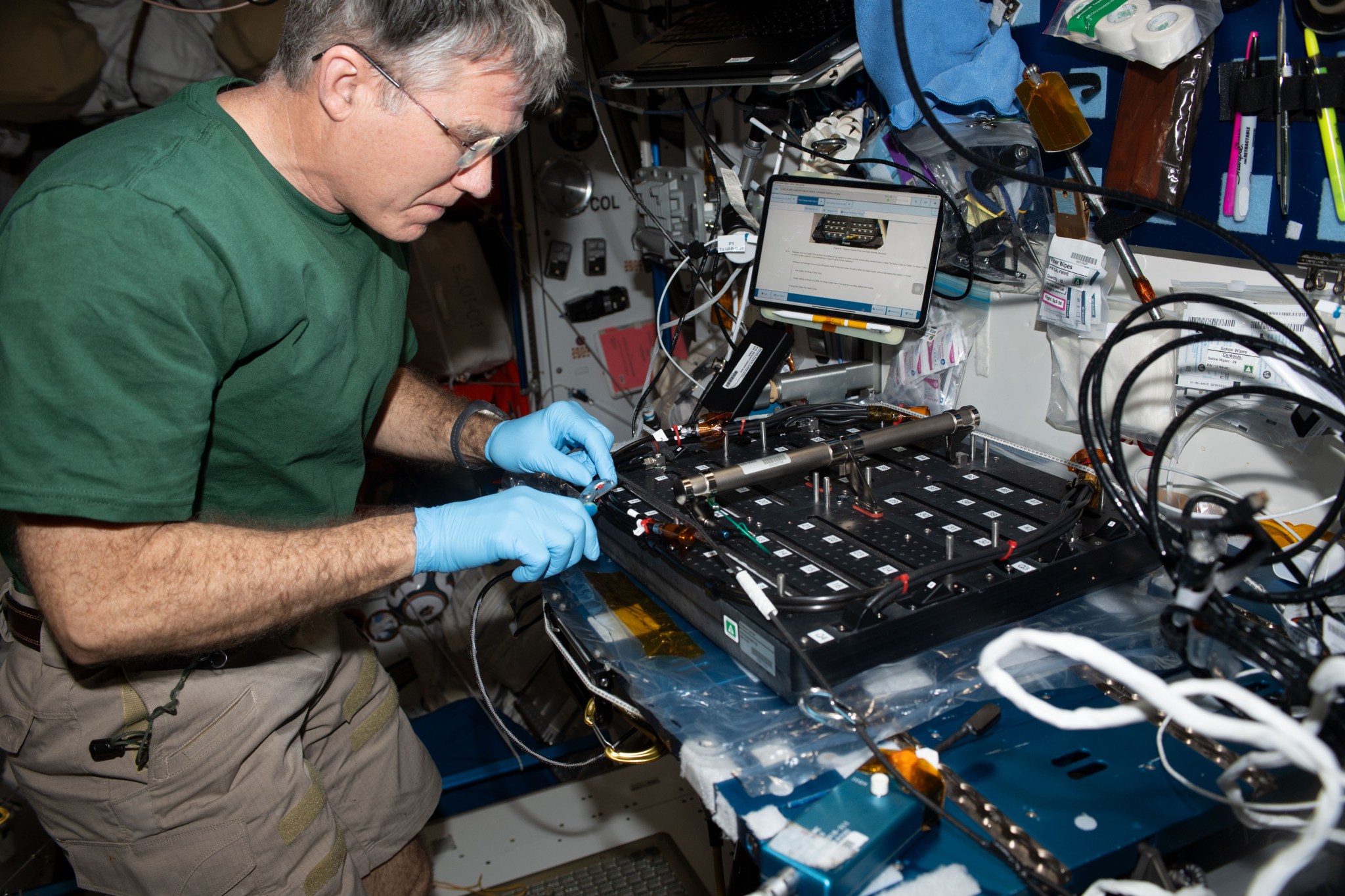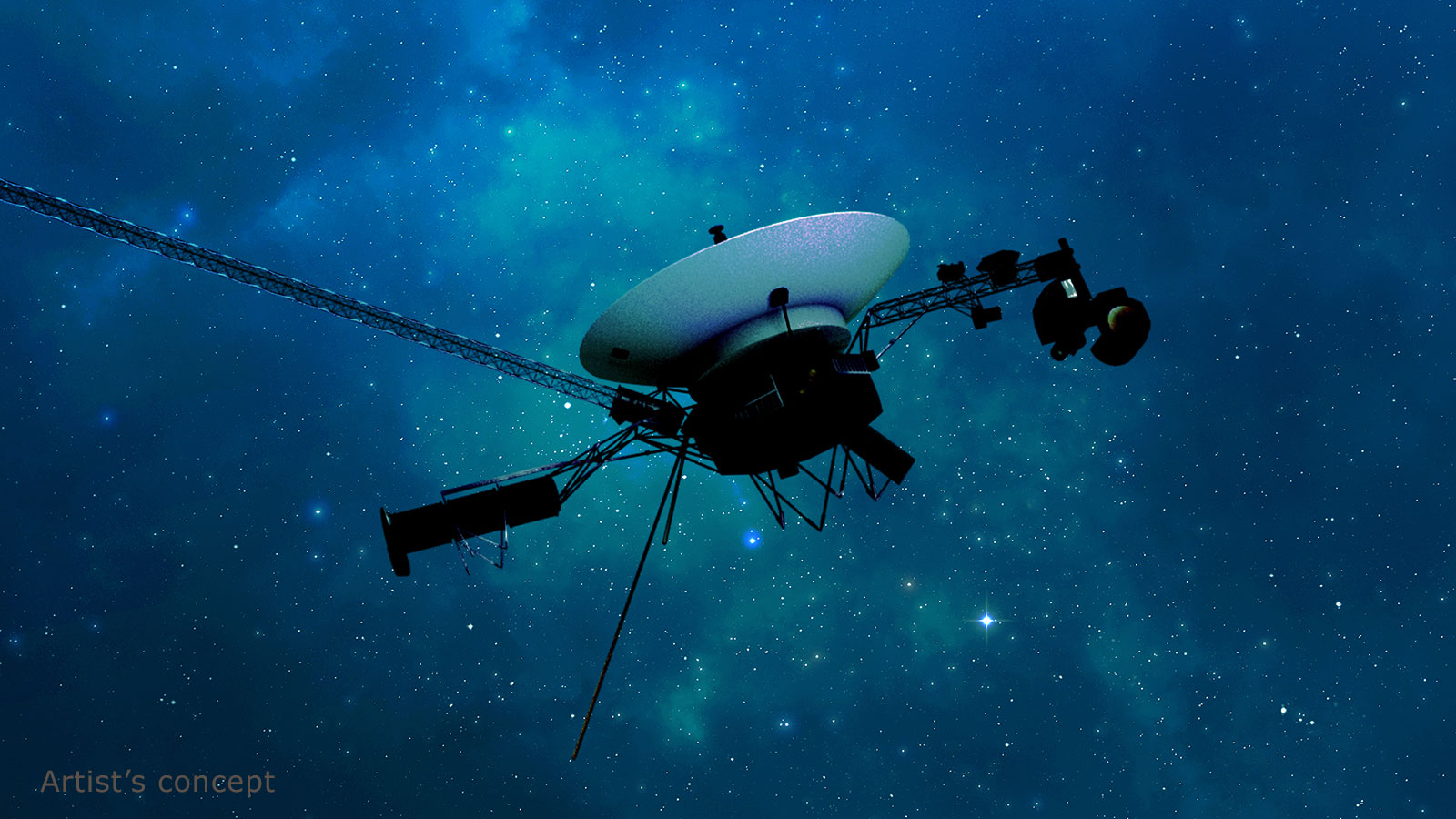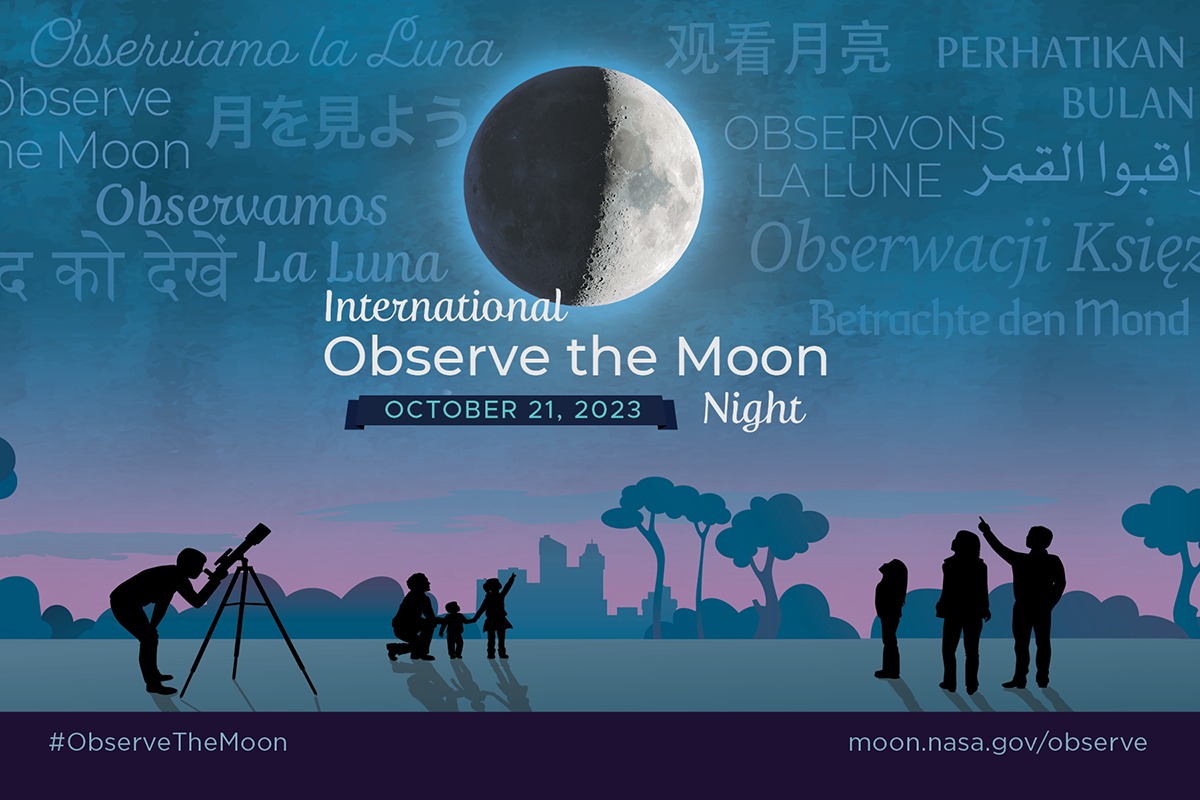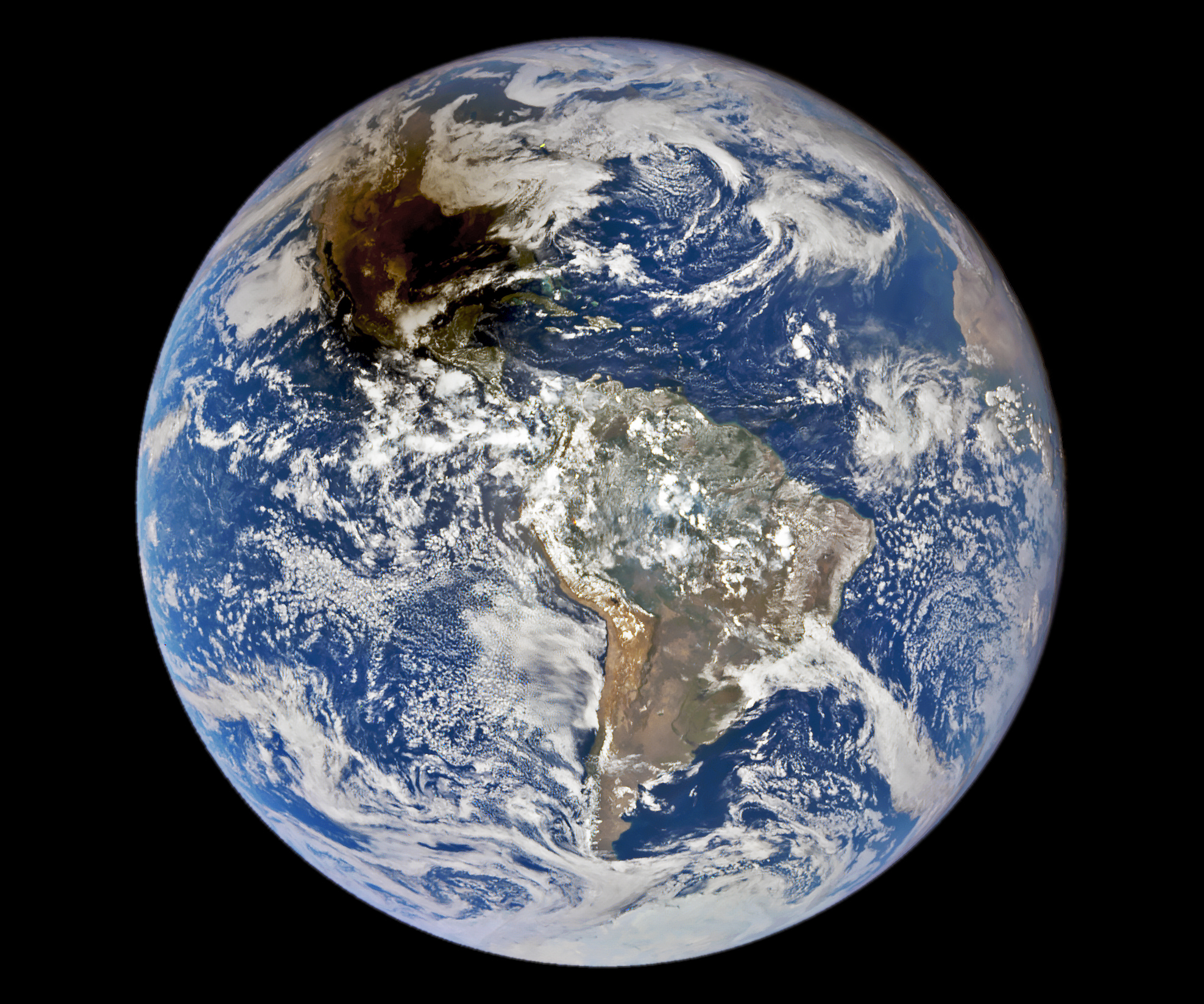This article was originally published at The Conversation. The publication contributed the article to Space.com’s Expert Voices: Op-Ed & Insights. Luke Keller is a Professor of Physics and Astronomy at Ithaca College and has received funding from NASA. NASA’s OSIRIS-REx spacecraft flew by Earth on Sept. 24, 2023, dropping off its sample of dust and pebbles gathered from the surface of near-Earth asteroid Bennu. Analysis of this sample will help scientists understand how the solar system formed and from what sorts of materials. Scientists will begin their analysis in the same facility that analyzed rocks and dust from the…
Read MoreMonth: October 2023
Join NASA to Discuss High-Rate Laser Comms Demo, Space Station Science
4 min read Join NASA to Discuss High-Rate Laser Comms Demo, Space Station Science NASA astronaut and Expedition 69 Flight Engineer Stephen Bowen works on the Plant Habitat-03B Science Carrier, a space botany research device, in the International Space Station’s Harmony module. NASA NASA will host a media teleconference at 11 a.m. EDT Thursday, Oct. 26, to discuss a laser communications system and new research to understand the interactions between weather on Earth and in space. The investigations are two of many research and technology experiments bound for the International…
Read MoreNASA Invites Media to 2023 von Braun Space Exploration Symposium
2 min read NASA Invites Media to 2023 von Braun Space Exploration Symposium NASA invites media to the 16th Annual von Braun Space Exploration Symposium from Wednesday to Friday, Oct. 25-27, at the University of Alabama in Huntsville. Among the NASA participants, Administrator Bill Nelson will provide remarks during the awards luncheon beginning about 1:15 p.m. CDT Oct. 25. The luncheon also includes a discussion on human landing systems. This year’s theme is “Advancing Space: From LEO to Lunar and Beyond.” Speakers from government, industry, and academia will focus on the…
Read MoreNASA’s Voyager Team Focuses on Software Patch, Thrusters
NASA’s Voyager 1 spacecraft is depicted in this artist’s concept traveling through interstellar space, or the space between stars, which it entered in 2012. Traveling on a different trajectory, its twin, Voyager 2, entered interstellar space in 2018. NASA/JPL-Caltech The efforts should help extend the lifetimes of the agency’s interstellar explorers. Engineers for NASA’s Voyager mission are taking steps to help make sure both spacecraft, launched in 1977, continue to explore interstellar space for years to come. One effort addresses fuel residue that seems to be accumulating inside narrow tubes…
Read More30 Years Ago: The STS-58 Spacelab Life Sciences-2 Mission
On Oct. 18, 1993, space shuttle Columbia lifted off in support of the STS-58 Spacelab Life Sciences 2 (SLS-2) mission to conduct cutting edge research on physiological adaptation to spaceflight. The seven-member crew of STS-58 consisted of Commander John E. Blaha, Pilot Richard A. Searfoss, Payload Commander Dr. M. Rhea Seddon, Mission Specialists William S. McArthur, Dr. David A. Wolf, and Shannon M. Lucid, and Payload Specialist Dr. Martin J. Fettman, the first veterinarian in space. Dr. Jay C. Buckey and Laurence R. Young served as alternate payload specialists. During…
Read MorePublic Invited to International Observe the Moon Night Oct. 21
2 min read Public Invited to International Observe the Moon Night Oct. 21 NASA NASA’s Planetary Mission’s Program Office is hosting an International Observe the Moon Night event Saturday, Oct. 21, from 5:30 – 8 p.m. at the U.S. Space & Rocket Center’s Davidson Center for Space Exploration in Huntsville, Alabama. The event is free and open to the public. This family-friendly event will feature Moon and solar system exhibits along with a variety of hands-on activities for children and adults. The Von Braun Astronomical Society will be outside with…
Read MoreRecord-breaking radio burst could help us find the universe’s missing matter
An 8 billion-year-old rapid burst of radio waves, stemming from ancient colliding galaxies, could help astronomers solve the mystery of our universe’s missing matter. The record-breaking Fast Radio Burst (FRB), which is the oldest and most distant example of its kind ever spotted, demonstrates that scientists can use these emissions to effectively “weigh” the universe. FRBs are pulses of radio waves that often last for mere milliseconds, and are a puzzle in themselves because their origins remain a mystery. But the fact that this record-breaking example of one came from…
Read MoreJames Webb Space Telescope spots jet stream on Jupiter stronger than a Category 5 hurricane
Though NASA’s James Webb Space Telescope (JWST) was initially touted as having the power to unveil our universe’s furthest horizons — and it surely has — some of the observatory’s most gorgeous images are actually ones of our very own solar system. With its gold-plated hive of mirrors and backpack of infrared equipment, such as the Near-Infrared Camera (NIRCam), the James Webb Space Telescope has reintroduced us to the stunning place we call home, making us feel like we’re seeing our planetary neighbors for the first time all over again.…
Read MoreDarkened by the Moon’s Shadow
On October 14, 2023, the Moon aligned with the Sun and Earth to produce an annular solar eclipse. The spectacle bathed millions of Americans in a lunar shadow as the Moon blocked the Sun’s rays. The above image was acquired during the eclipse by NASA’s Earth Polychromatic Imaging Camera imager aboard the Deep Space Climate Observatory, a joint NASA, NOAA, and U.S. Air Force satellite.
Read MoreThe Moon Casts a Shadow
On October 14, 2023, the Moon aligned with the Sun and Earth to produce an annular solar eclipse. The spectacle bathed millions of Americans in a lunar shadow as the Moon blocked the Sun’s rays. The above image was acquired during the eclipse by NASA’s Earth Polychromatic Imaging Camera imager aboard the Deep Space Climate Observatory, a joint NASA, NOAA, and U.S. Air Force satellite. NASA NASA’s Earth Polychromatic Imaging Camera aboard the Deep Space Climate Observatory (DSCOVR) captured the lunar shadow during the Oct. 14 annular solar eclipse. The…
Read More




